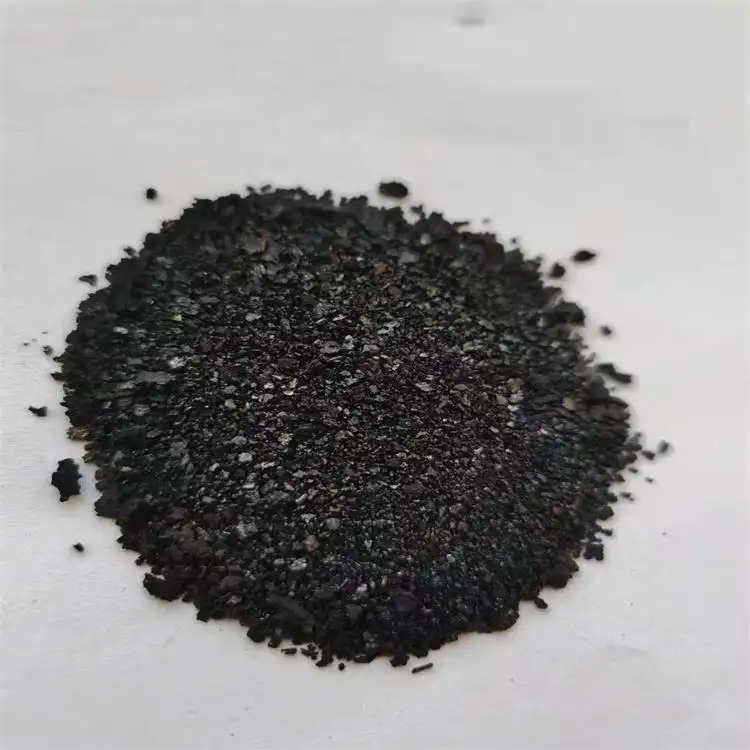India's Export Market for Indigo Dye Trends and Opportunities
Indigo Dyeing in India A Heritage of Craftsmanship and Export Potential
India has long been recognized as a cradle of textile innovation and craftsmanship, with indigo dyeing standing out as one of its most culturally significant practices. The use of indigo dye, derived from the indigo plant, traces back thousands of years in India. This traditional dyeing technique not only adds vibrant hues to fabrics but also embodies a rich heritage that has profound social, cultural, and economic implications. As a result, indigo dyeing in India has witnessed a resurgence, particularly in the global market, presenting tantalizing opportunities for exporters.
Indigo Dyeing in India A Heritage of Craftsmanship and Export Potential
In recent years, the global demand for sustainable and eco-friendly textiles has amplified the appeal of indigo dyeing. Unlike synthetic dyes, indigo is natural and biodegradable, aligning with the rising consumer preference for environmentally friendly products. Indian exporters have seized this opportunity, tapping into international markets that are increasingly dominated by ethical fashion trends. By using traditional methods that minimize environmental impact, Indian artisans not only preserve their cultural heritage but also cater to a global audience eager for authentic and sustainable options.
indigo dyeing in india exporter

Furthermore, the government of India, along with various NGOs, is actively supporting the indigo dyeing industry. Initiatives to promote skill development, provide financial support, and increase access to modern markets are facilitating the growth of this traditional craft. Programs like Make in India and One District, One Product aim to highlight local crafts and integrate them into the global supply chain. By doing so, India is not only preserving its textile heritage but also positioning itself as a key player in the international market for sustainable textiles.
Exporters of indigo-dyed fabrics benefit from the growing interest in artisanal and handcrafted products. From clothing to home textiles such as curtains and pillow covers, the use of indigo dye can elevate any product's appeal. As buyers seek unique products with a story, Indian indigo-dyed textiles stand out, showcasing the skill of artisans and the richness of Indian heritage. Moreover, collaborations between designers and exporters can lead to innovative uses of indigo dye, further enhancing its marketability.
Nevertheless, challenges persist. The indigo dyeing community faces issues related to fair trade practices, ensuring that artisans receive adequate compensation for their skills and labor. Additionally, there is a need for continued education and awareness about the benefits of using natural dyes in the textile industry. By addressing these challenges, stakeholders can ensure the sustainability and growth of the indigo dyeing sector in India.
In conclusion, indigo dyeing in India is much more than a textile technique; it is a vital part of the country's cultural fabric. With increasing interest in sustainable fashion and the support of various initiatives, Indian indigo dyeing presents a promising avenue for exporters. As the world continues to celebrate craftsmanship and individuality, the deep blue of indigo will undoubtedly continue to leave its mark, both globally and locally, creating a bridge between tradition and modern consumer demands.
-
The Timeless Art of Denim Indigo Dye
NewsJul.01,2025
-
The Rise of Sulfur Dyed Denim
NewsJul.01,2025
-
The Rich Revival of the Best Indigo Dye
NewsJul.01,2025
-
The Enduring Strength of Sulphur Black
NewsJul.01,2025
-
The Ancient Art of Chinese Indigo Dye
NewsJul.01,2025
-
Industry Power of Indigo
NewsJul.01,2025
-
Black Sulfur is Leading the Next Wave
NewsJul.01,2025

Sulphur Black
1.Name: sulphur black; Sulfur Black; Sulphur Black 1;
2.Structure formula:
3.Molecule formula: C6H4N2O5
4.CAS No.: 1326-82-5
5.HS code: 32041911
6.Product specification:Appearance:black phosphorus flakes; black liquid

Bromo Indigo; Vat Bromo-Indigo; C.I.Vat Blue 5
1.Name: Bromo indigo; Vat bromo-indigo; C.I.Vat blue 5;
2.Structure formula:
3.Molecule formula: C16H6Br4N2O2
4.CAS No.: 2475-31-2
5.HS code: 3204151000 6.Major usage and instruction: Be mainly used to dye cotton fabrics.

Indigo Blue Vat Blue
1.Name: indigo blue,vat blue 1,
2.Structure formula:
3.Molecule formula: C16H10N2O2
4.. CAS No.: 482-89-3
5.Molecule weight: 262.62
6.HS code: 3204151000
7.Major usage and instruction: Be mainly used to dye cotton fabrics.

